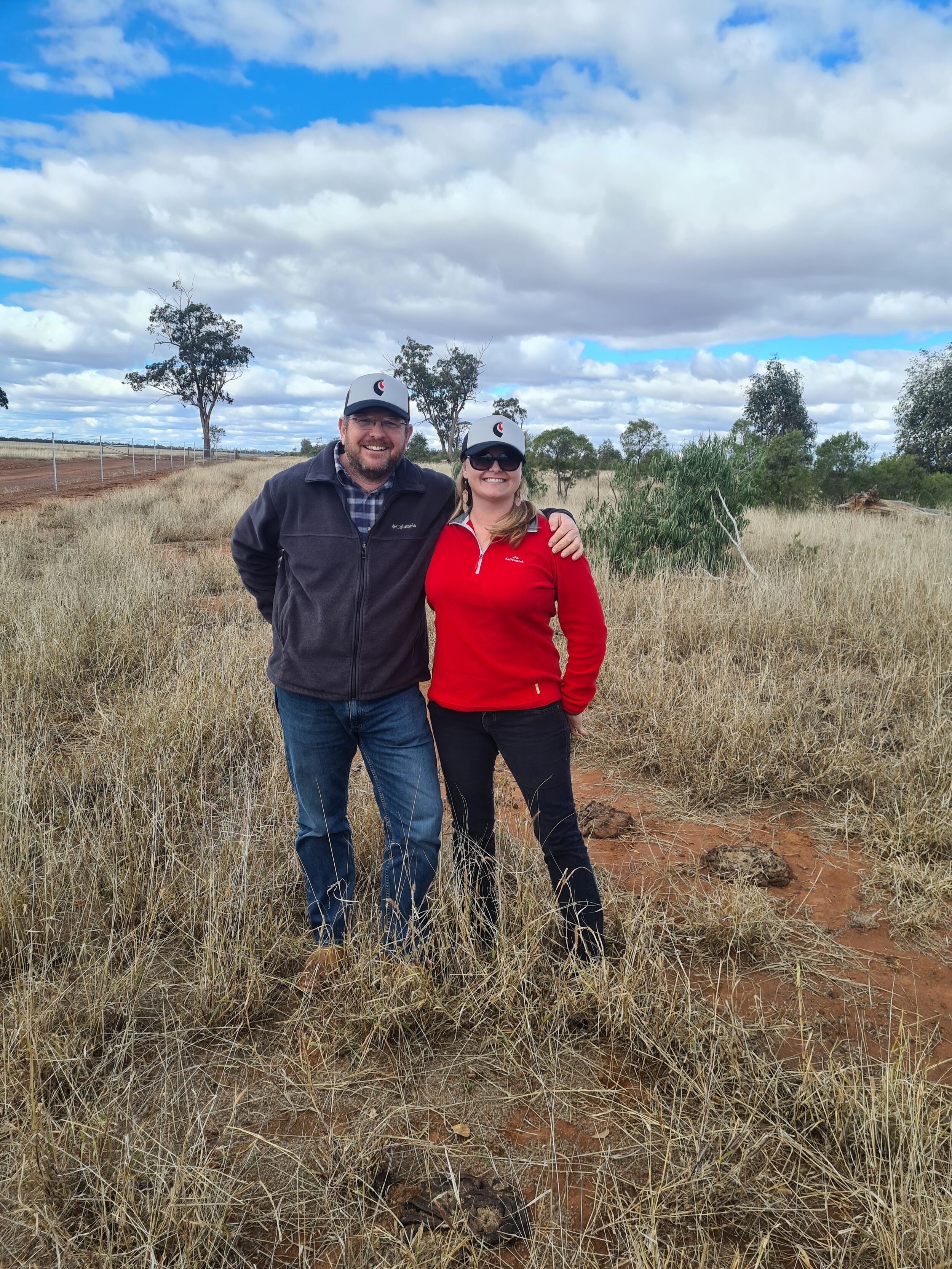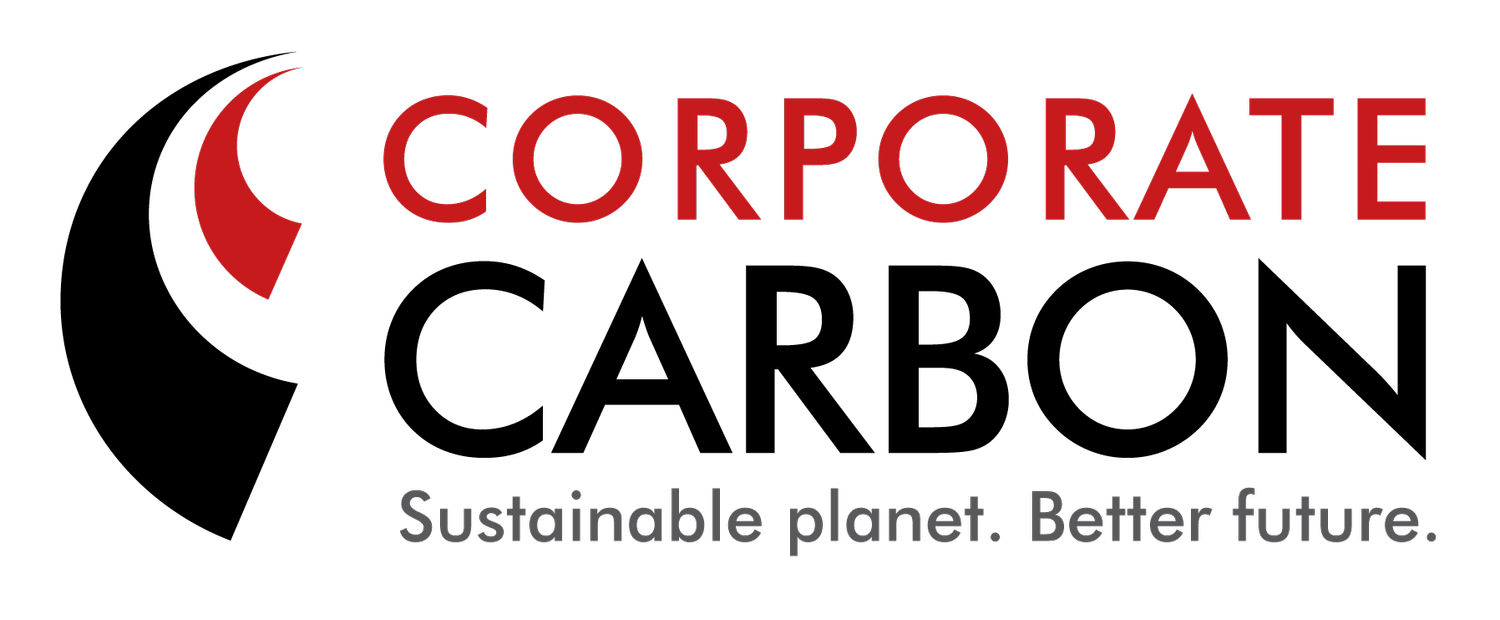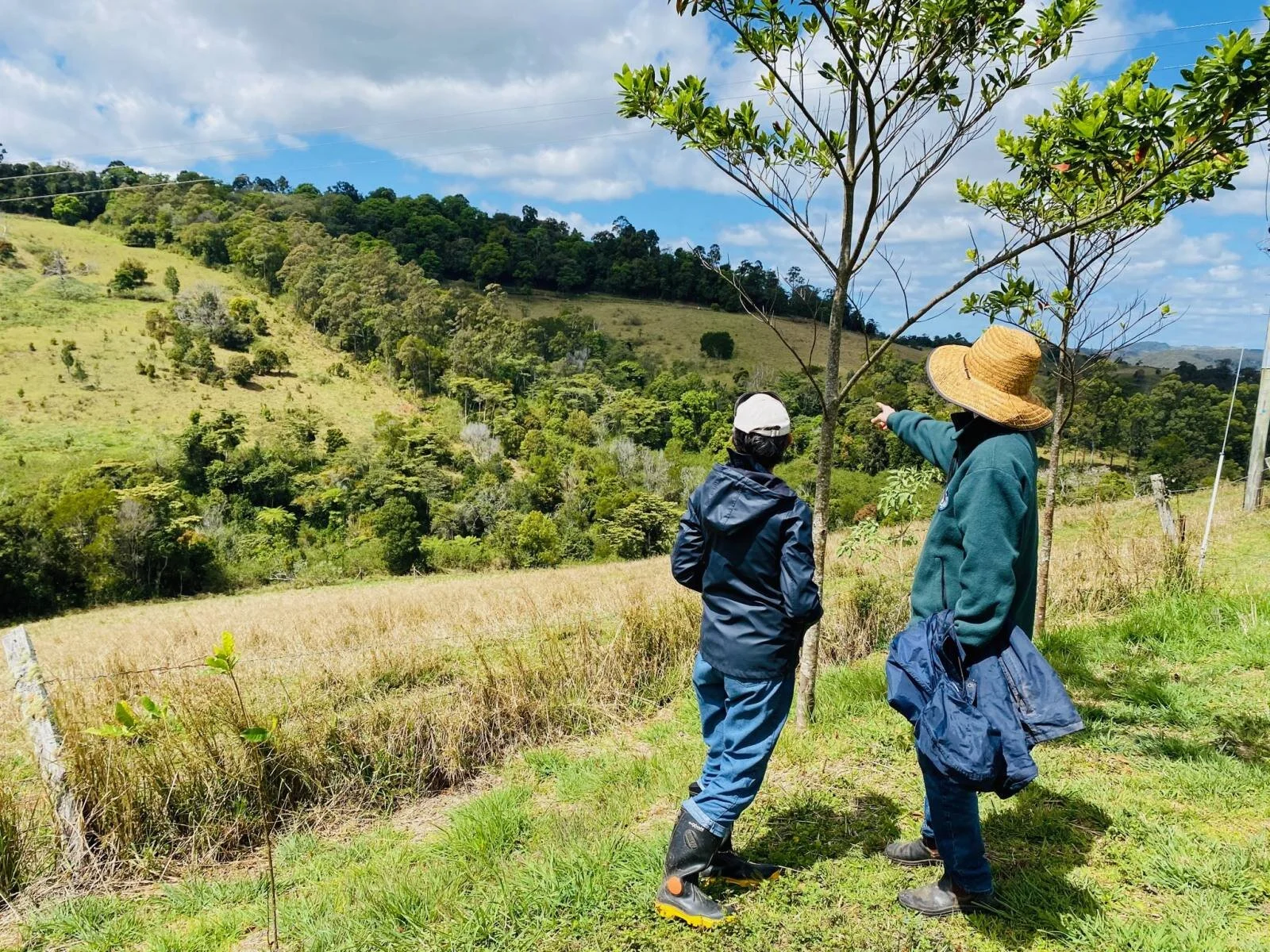
Carbon Cycle
A Carbon Pathways Newsletter: Q3 2020
In this edition:
fire and biodiversity at Cape York | farms and vegetation | the Australian Government’s Technology Investment Roadmap | purchasing ACCUs, including a feature on our Paroo River North environmental project
Savanna Fire Management at Cape York Peninsula
The border between our main office in Sydney and our savanna fire management activities in North Queensland briefly opened in July. Two members of our team took this opportunity to visit a number of operations that we are involved with.
There has been a significant decrease of out-of-control wild fires since savanna fire management projects began under the Emissions Reduction Fund.
Biodiversity, rainforests and technology
It's not only savanna in the far north. There's a large area of 'dry' rainforest, which is home to a variety of plants and animals that thrive in this environment.
Our team members were fortunate enough to meet the Maxim Foundation at the Iron Range Research Station who are researching the potential of sequestering carbon in native forests in the region.
Maxim's team are using world's first terrestrial LIDAR technology to directly measure the trees in the rainforest. This allows for a fairly accurate scan that can measure down to a scale that records vegetation to a minute size, such as that of mushrooms and leaves.
Reducing emissions from beef cattle and generating income for farmers
As part of a grant program provided by the Queensland Rural and Industry Development Authority (QRIDA), our team undertook an assessment of 20 beef cattle herd management projects that aim to reduce emissions from livestock. Across the >90,000 head of cattle assessed, we found an average emissions intensity of 16.5 tonnes of carbon dioxide equivalent per tonne of beef.
For comparison Meat and Livestock Australia reported in 2019 that the national average emissions intensity was 12.6 tonnes of carbon dioxide equivalent per tonne of beef
We look at this differential as an opportunity.
Growth rates of cattle change from location to location
Encouraging farmers through additional QRIDA schemes, for instance, may assist in reducing agricultural emissions at a faster rate
Higher emission areas can be targeted specifically.
This approach can enable solutions to be achieved that are custom fit for locations rather than attempting a blanket implementation of measures. We strongly encourage more development of ideas and carbon projects in this sector.
Progressive landowners are gaining benefits from carbon projects
In other land sector news, Queensland's Carbon Farming Advice Rebate Program has enabled progressive landowners in Eungella, Queensland to gain benefits for their regenerative practices.
The program and regenerative agriculture enables them to:
start planning for sequestering of carbon
enhance pasture productivity
restore wildlife habitat
create a new revenue stream for their enterprise.
Our in-house ecologist, Carolyn Einig, undertook ecological investigations in September at the Orr Farm and Wanemya properties.
The assessment revealed:
high biodiversity,
excellent riparian values, and
numerous observations of platypus- a special concern species, which indicates the health of the Broken River headwaters and Burdekin Catchment.
The Australian Government’s Technology Investment Roadmap
The Australian Government's Technology Investment Roadmap provides a clear pathway forward for lowering emissions.
Corporate Carbon and AgriProve released a joint media statement shortly after the announcement.
The priority low emissions technologies identified in the Government's statement are:
clean hydrogen
energy storage
low carbon materials
carbon capture and storage
soil carbon.
Purchasing carbon credits from our Paroo River North project
Carbon credits can be purchased as a tool to meet emission targets in the short term while businesses are implementing cleaner operations to reduce their emissions in the medium and long term.
Our carbon projects generate Australian Carbon Credit Units (ACCUs) as part of the Climate Solutions Fund.
A great example of a carbon project to support is our Paroo River North environmental project, which has environmental and social co- benefits.





![IMG_3506[1].JPG](https://images.squarespace-cdn.com/content/v1/5eefdfb04647173f51907d74/1602221071510-GS628L84A4QBZS8DO8N7/IMG_3506%5B1%5D.JPG)

















![IMG_3500[1].JPG](https://images.squarespace-cdn.com/content/v1/5eefdfb04647173f51907d74/1602218447303-M5UO8EFQWWQ4VJCJGM22/IMG_3500%5B1%5D.JPG)


